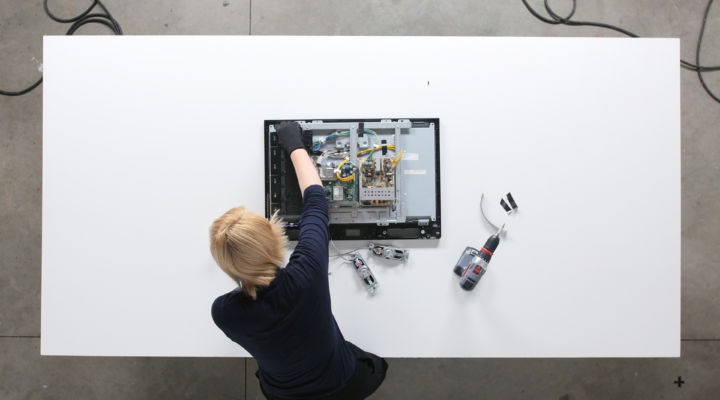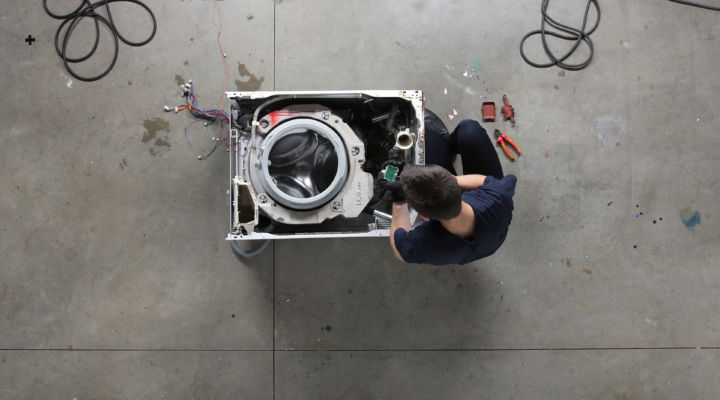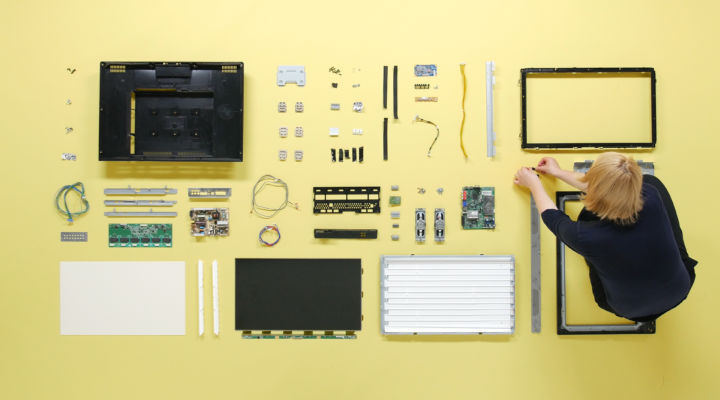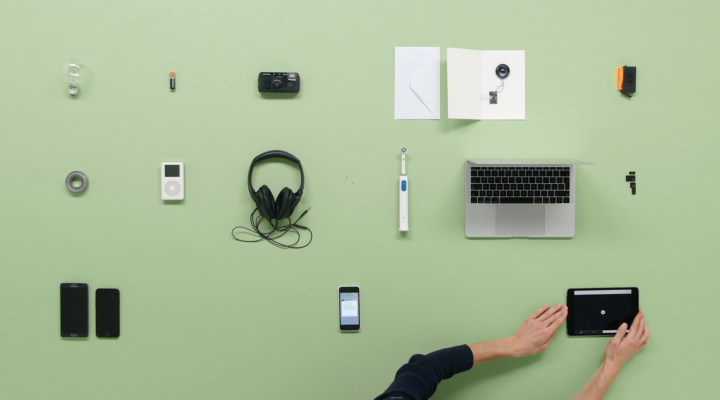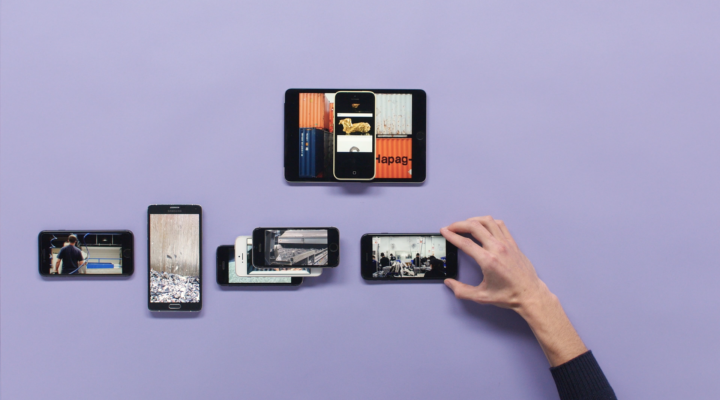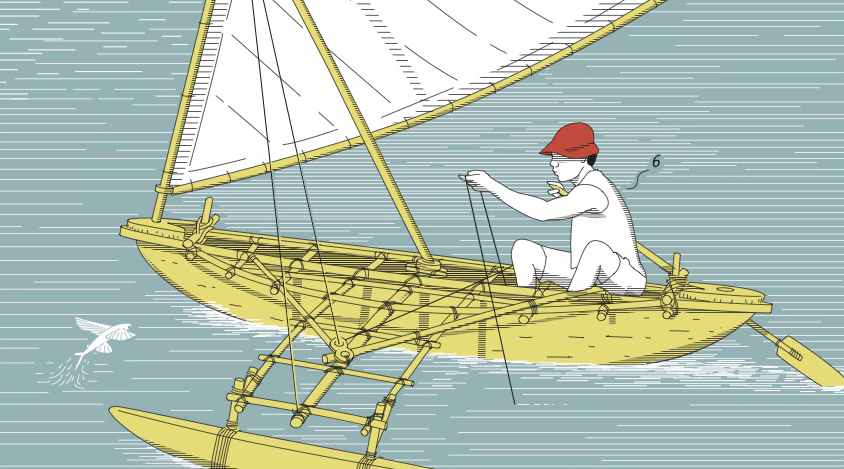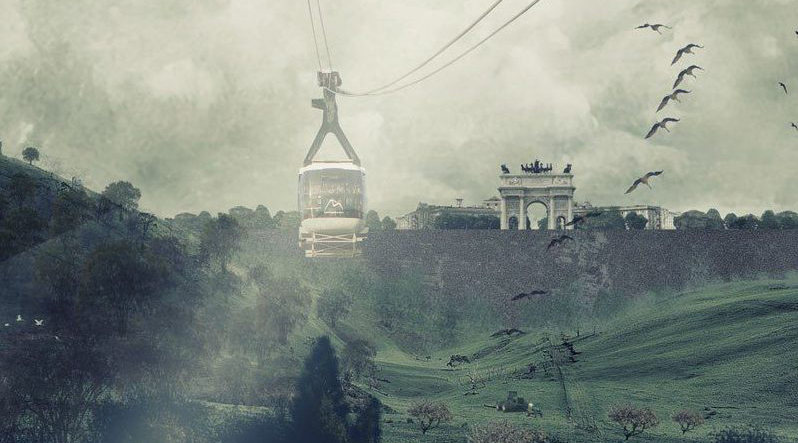EDITOR’S NOTE: Ore Streams, by design duo Studio Formafantasma (Andrea Trimarchi and Simone Farresin), is one of the four directly commissioned works featured in the XXII Triennale di Milano, Broken Nature. Grappling with the issue of e-waste recycling, Ore Streams strives to identify ways in which design can be deployed to correct the flaws in the current waste-stream system. Beyond systemic improvements, design can be used to elicit a less conscious attitudinal shift towards considering waste not waste, but rather a new material. The project began during the NGV Triennial in Melbourne in 2017, and it consists of an in-depth analysis of the waste cycle and of a collection of office furniture constructed using dead-stock and recycled materials.
Broken Nature portrait #1: Formafantasma—Ore Streams. Directed by Jacopo Farina, 2019.
Humans have mined the Earth’s surface for millennia in search of metals and minerals to fulfill production demands. In fact, forging metal changed the course of history: bronze empowered humans to weaponize, and gold facilitated local, then global, trade. At this very moment, new cavities are being hollowed out, while existing excavated sites are abandoned or refilled with new earth—a superficial recompense. By 2080, the biggest metal reserves will not be underground but above the surface, as ingots stored in private buildings or otherwise circulated within products such as building materials, appliances, furniture, and consumer electronics.
On the surface of our planet, rivers of ore in the form of discarded hardware stream freely as if in a continuous, borderless continent. Efforts to recycle it remain experimental, uncharted, and contentious. New logistical structures, technologies, and cross- country transnational alliances are being forged to allow for the recovery of metals at the lowest expense. As this shift ensues, the mining industry will be permanently altered. We will enter a new phase, where aboveground scavenging outperforms and out-values digging for raw material.
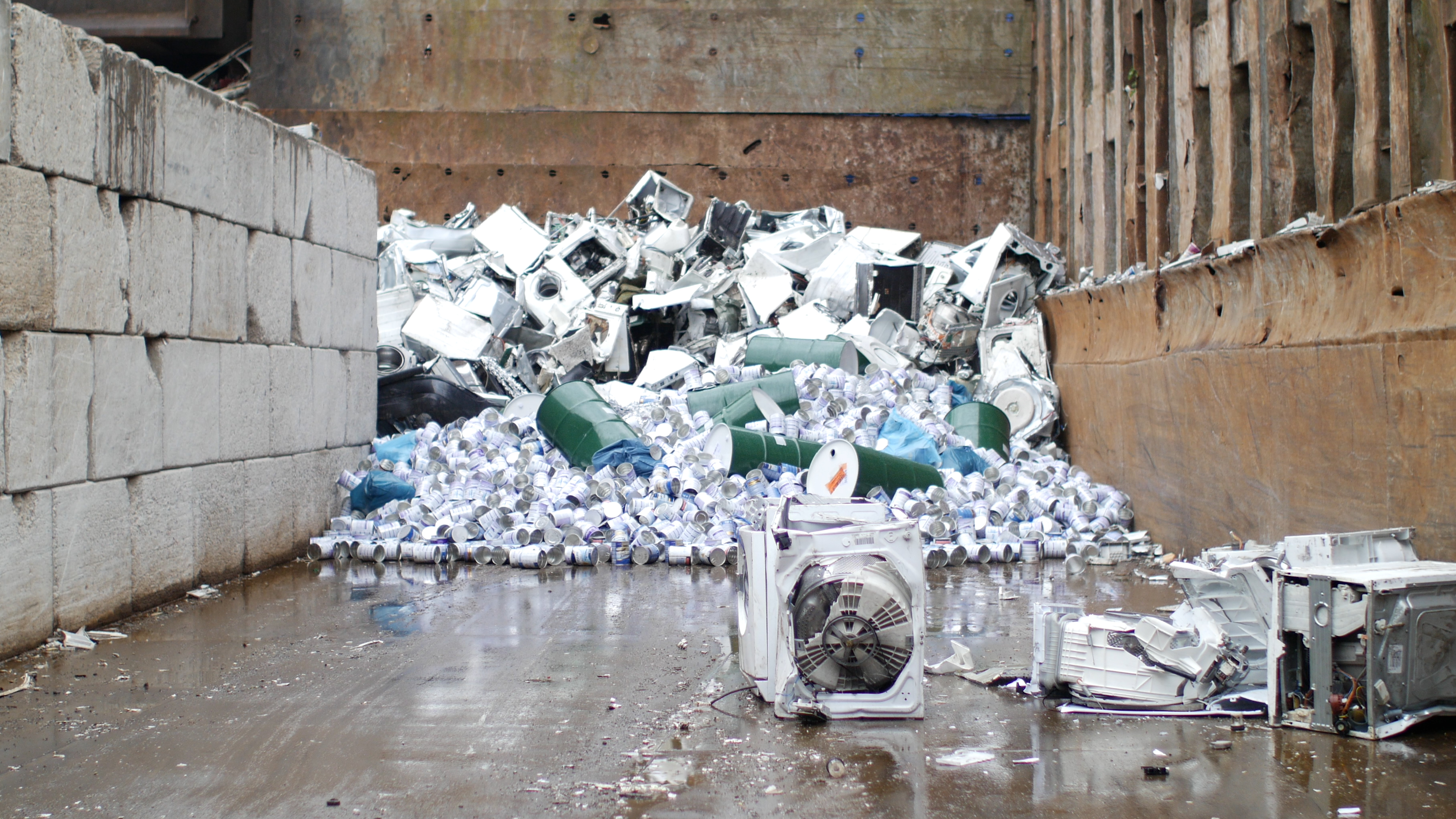
Ore Streams is an ambitious investigation into the recycling of electronic waste developed over the course of three years, first as a commission at the NGV Triennial in Melbourne in 2017, and now as one for the XXII Triennale. It uses a diversity of media (objects, video documentaries, and an animation) to address the topic from multiple perspectives, and reflect on how design could be an important agent for more responsible use of resources.
Currently, electronics are the world’s fastest- growing waste stream, but only 30 percent of the West’s e-waste makes its way to appropriate recycling facilities. The remaining 70 percent is shipped, often illegally, to developing countries, where it is disassembled in poor working conditions, and toxic components of electronics are disposed of inappropriately. In several countries, legislation is now in place to ban such exportation of e-waste and to establish directives to ensure correct processing. Yet lawmakers underestimate the design possibilities that could improve recycling in both developed and developing countries.
The Ore Streams video installation aims to offer global strategies for the design of products that lend themselves to more efficient repair and recycling. It includes a series of interviews we conducted with practitioners in the recycling sector, including European e-waste recyclers, academic researchers, electronics producers, NGOs working in developing countries, and members of Interpol. The installation also includes a video collecting historical and contemporary examples of planned obsolescence in electric and electronic objects at the center of class-action lawsuits. One video explains recycling systems and technologies for sorting waste, and two videos show a selection of electronic products being carefully disassembled and recomposed. In the animation, we use 3D rendering to visualize possible strategies to improve repairing and recycling.
The objects created for Ore Streams invite a deeper exploration of aboveground mining and the complex role design plays in transforming natural resources into desirable products. The office furniture is constructed out of recycled iron, aluminum, dead stock of computer cases, and recycled electronic components.
The office is where modern design principles are most visible—the search for efficiency, ideal standards, and a universal style are epitomized by furniture such as the filing cabinet and the modular cubicle. Our choice to reference this environment is a nod not only to these principles, but to the same pragmatic approach of quantification, organization, and efficiency that runs the bureaucracies responsible for regulating and capitalizing on the circulation of natural resources, minerals, and waste toward the global production of goods.
To find out more about Ore Stream, please visit www.orestreams.com.


